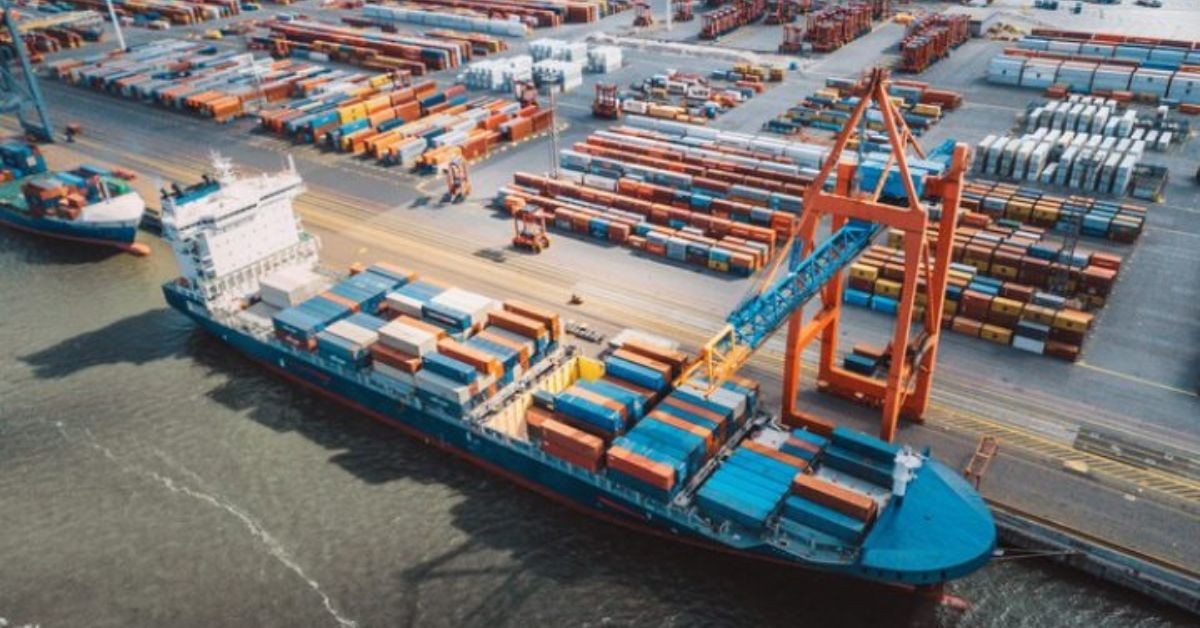The Port of Hamburg has been applying new sensors to old machinery to gather new databanks and the insights from it, explained Jans Niklas Sikorra, Senior IT Strategy Consultant, HPC, during a webinar on 23 February.
However, he higlighted that a major challenge for port operators is data availability and quality.
“We see our systems that have been separated in the past become more connected,” Sikorra explained. “We are seeing new sensors applied to old machinery, gathering new data. All of this data allows us to generate more insights which were not possible without the rise of data quality and availability. We now see things we didn’t see before.”
Sikorra highlighted that HPC uses AI for a variety of port operations, including vessel arrival time prediction, crane cable maintenance, rail position checks and number of gate visits.
Sikorra detailed the benefits AI can provide predictive maintenance. HPC uses AI to monitor and predict the health of crane cables which ultimately leads to optimisation of replacement and inventory schedules with shipping schedules.
“At the point of replacement with the crane cable, this might collide with a shipping schedule. If you could put your inspection earlier and replacement earlier, you may be able to schedule your whole ship-to-shore crane management.
“This might be something that would be talked about in the future but there are clear safety benefits there,” he added.
Though major ports such as the Port of Hamburg will have a vast array of data sources for monitoring and predictive analysis, smaller and intermediate ports could be hampered by a lack of availability and quality in its data sources, says Sikorra.
A shortfall in data intake could lead some to become hesitant to invest or develop its AI capabilities further due to possible lack of understanding of what AI can do for a port.
“For barriers to AI in ports, there is a fear of job replacement, but I would go one step further and say fear of change, in some ways,” he said.
“Predictive maintenance always needs to be an integral approach. All predictions are only as good as their surrounding systems. If you don’t connect to create a bigger value, then the benefits may not be as high.”
Moving forward, HPC aims to transition from day-to-day operations to self-learning systems. But Sikorra noted that HPC and all ports will need a more “comprehensive saving” of data.
“We will be standardising data flows on how data can be taken out of machinery, to be applied and used with learning system – better data architecture, better accessibility of the data, better data storage,” Sikorra added.
Source : Port Technology







